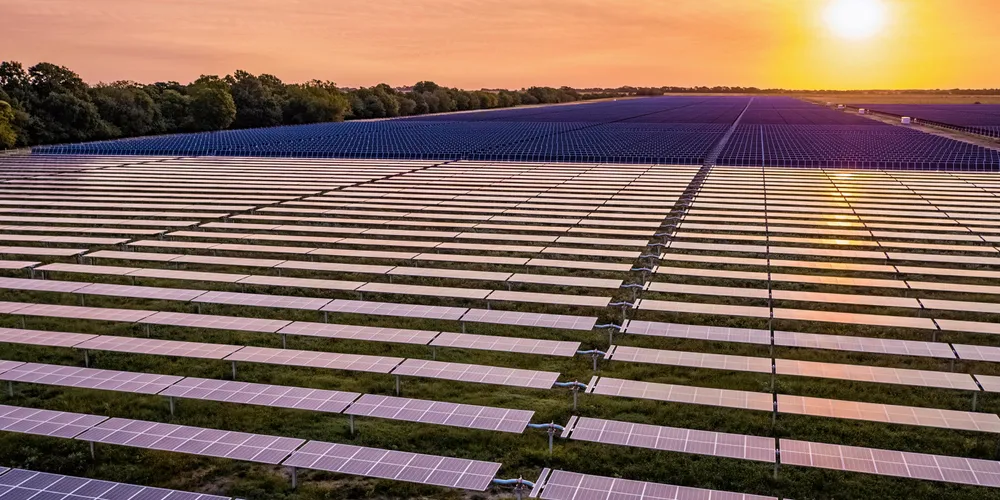Natural gas under pressure as clean energy dominates Texas transmission queue
Solar, battery storage, and wind comprise 95% of 332GW of projects seeking a connection within Ercot

The main Texas grid on 1 March had 332.5GW of clean power projects requesting interconnection, 95% of the total queue, an indication that leader natural gas will lose future market share despite new 2023 laws providing financial support.
Ercot, which operates a grid supplying 90% of electric load in Texas, the biggest US state power market, said it is tracking 1,783 generation interconnection requests totaling 348.52GW of capacity. About three-quarters are in different phases of study by Ercot.
In 2023, solar supplied about 6.5% of electricity consumed within Ercot, onshore wind 24.3%, and natural gas 45.1%, while coal accounted for 13.9% and nuclear 9.2%. Other technologies have minimal market presence.
The queue numbers suggest that investors see large solar as providing the best return on investment among new generation sources within Ercot, either as standalone or paired with storage. The two are increasingly co-located.
On 1 March, there was 22.3GW of utility-scale solar installed within Ercot, according to its website.
Excluding federal tax credits, solar with tracking, onshore wind, and combined cycle gas turbines have roughly the same levelised cost of energy in the US, according to BloombergNEF.
With the lucrative credits, which the 2022 US climate law renewed long-term, renewables are cheaper in most regions including Texas (natural gas does benefit from certain federal tax breaks as well).
Partly for that reason, the Republican-controlled legislature last year passed several laws to “level the playing field” between natural gas and clean energy. Texas is the leading state producer of natural gas.
Senate Bill 2627 provides financial support for dispatchable facilities via a $7.2bn fund comprising zero- or low-interest loans, grants, and completion bonuses for unit upgrades, which will be mainly natural gas.
House Bill 1500 creates a $1bn annual cap on funding for the so-called Performance Credit Mechanisn (PCM) that provides an additional revenue stream for dispatchable generators who commit in advance to being available to provide power during peak demand hours.
House Bill 5 replaced an existing tax programme known as Chapter 313. HB 5 allows school districts to cap, for a 10-year period, the appraisal value of the land in their district that energy developers want to build on in return for investments and jobs projects will create. Unlike Chapter 313, HB 5 excludes solar, wind, and battery storage.
Ercot in its report notes that solar set three generation records in February, topping at 17.13GW, while also setting a penetration record during the mid-afternoon on 18 February by serving almost 40% of Ercot’s load.
As it gains scale within Ercot, solar’s value as a power source has surged, particularly during the May-September “hot season” in Texas when demand for power has set records in recent years. In contrast, onshore wind, most located in West Texas, sees a notable decline in availability during the sweltering afternoon hours of peak demand.
(Copyright)